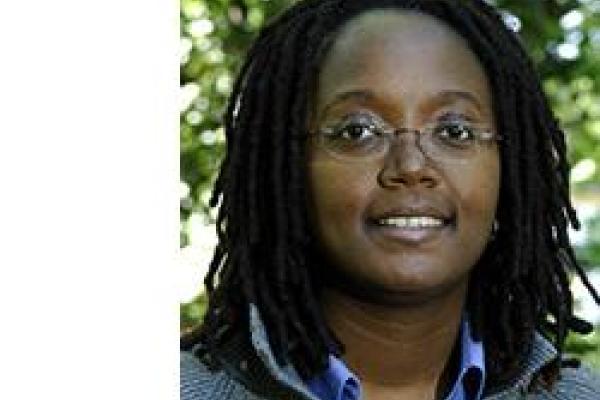
Abstract
Countless scholars since Alexis de Toqueville (Democracy in America, published in 1835) have observed the great contradictions between the ideals of freedom and equality upon which the American ethos rests and the realities of the limits the nation sets on people’s freedoms. Such limits contribute to broader inequalities of American society. Persons not physically bound by de jure social control, there are less formalized, less visible structural factors that restrict social and economic mobility. For modern social scientists concerned with social inequality, these less visible barriers are as important to identify and study as the physical prisons that currently house over two million Americans. Despite advances in civil rights, the current state of corrections continues to illustrate the incredible momentum of past and current injustice. The current paper uses the life-course perspective to assess the duration one can expect to live in various life-states: free and never incarcerated, incarcerated, paroled, and freed (unconditionally free but previously incarcerated) for various social strata. While the duration in each life-state and the probabilities of transitioning to and from each life-state are of primary interest, I also focus on the dimensions within the life-state of free, and the likelihood of leaving the life-state for different populations. Groups experience different versions of freedom; that is, America has both physical and symbolic prisons that prevent the collective advancement of people. This paper is part of a larger scholarly agenda in which I confront such dilemmas and interrogate if and how freedom can ever exist for all, even in the absence of incarceration.
In recent years, the violent crime rate has dropped to near record lows. At the same time, there has been an explosion in the number of private citizens who obtain a license to carry a concealed firearm in public. There are now nearly eight million people with concealed carry permits nation-wide, and yet little is known about how they think about crime, threat, and self-defense. An analysis of in-depth interviews with 36 concealed handgun license holders in Texas suggests that while concealed-carry instructors explain threat in ostensibly race-neutral, colorblind language, license holders themselves utilize racialized and classed understandings of crime as they navigate public spaces. As this research makes clear, the way that license holders think about crime and victimization, including differences in how men and women explain threat, is a critical component in understanding the social implications of an armed citizenry.Lecturer
Evelyn J. Patterson has been an Assistant Professor of Sociology at Vanderbilt University since 2010. She is an Affiliated Faculty member at the Centers for Medicine, Health and Society and Society for the Study of Democratic Institutions, and a Health Policy Associate at the Center for Health Policy at Meharry Medical College. Dr. Patterson is also a Faculty Affiliate of the Racial Democracy, Crime and Justice Network (RDCJN) at CJRC. Her research and teaching interests include correctional populations, health and mortality, mathematical demography and statistics. Dr. Patterson received her Ph.D. in Criminology and Demography from University of Pennsylvania in 2007. Her research has been published in Demography, American Journal of Public Health, Journal of Quantitative Criminology, American Journal of Preventative Medicine, Prison Legal News, Corrections Compendium, and International Migration Review. In 2013, Dr. Patterson received the prestigious 2013-2014 Woodrow Wilson Foundation Career Enhancement Fellowship for Junior Faculty, with only twenty such awards being given nationally each year. She is currently furthering her monograph on the demography of incarceration as well as working on her research regarding the school-to-prison pipeline, health disparities, and the effect of the mass incarceration on health and social outcomes.
